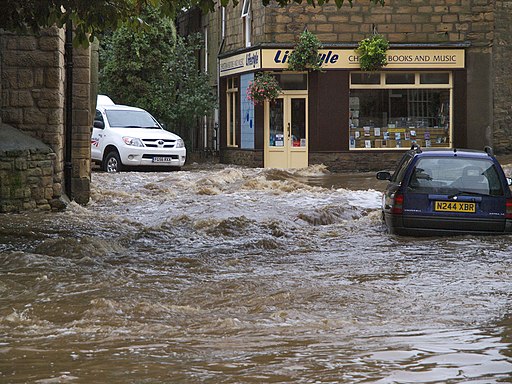NOAA to Launch Major Advancement in Seasonal High Tide Flooding Predictions
Posted
Last Updated
By NOAA.
The new model will aid flooding and restoration efforts, and help lessen possible impacts from climate change.
NOAA plans to unveil a new model to more accurately predict when and where high tide flooding will likely occur up to a year ahead of time. This new information will help coastal communities better prepare and respond to potential flooding days to help lessen possible impacts from climate change. NOAA scientists detail the effort in a peer-reviewed journal article published in Frontiers in Marine Science.
NOAA’s National Ocean Service plans to implement the model by the end of 2023. When ready, NOAA will incorporate the model into a new seasonal to annual coastal flood outlook, building on the agency’s Seasonal High Tide Bulletin and High Tide Flooding Annual Outlook. These online resources show users when and where high tide flooding is most likely in the coming months.
NOAA currently provides a range of dates each season when the tides will be highest. With this update, each day in the calendar year will be assigned a likelihood of actual flooding to occur to better enable communities to make risk-informed management decisions, like whether to close roads, perform maintenance on storm drain systems, or prepare flood mitigation actions for vulnerable infrastructure.
“This new approach represents an important step forward in our ability to predict coastal flooding for months to years into the future,” said Mark Osler, NOAA senior advisor for coastal inundation and resilience. “This advancement highlights NOAA’s commitment to serving coastal communities with the data and information they need to plan for the future.”
The new statistical model relies on tide predictions, sea level rise trends, and seasonal changes in coastal sea level to predict the daily likelihood of high tide flooding days. As sea levels continue to rise, the model will become even more capable of predicting the increasing number of flood events.
NOAA tracks coastal water levels at more than 150 tide stations around the nation to better understand the impacts of such changes in sea levels. Some stations have been operating for more than 150 years, while new ones continue to come online each year. As a result, we know that in many locations, places that were once inland are now inundated more often, even during less extreme storms or sunny days.
The 2022 Interagency Sea Level Rise national report projects an average rise in sea level of approximately .25-.3 meters (10-12 inches) in the next 30 years. This change will be as much as the rise measured over the last 100 years. Models also indicate that by 2050, moderate flooding – the flooding that causes damage – will occur, on average, more than ten times as often as it does today.
Partners in this work include the NOAA National Centers for Environmental Information and the NOAA-supported Cooperative Institute for Marine and Atmospheric Research at the University of Hawaii. This data and other collaborative science from these Offices will produce a higher resolution, more integrated Seasonal to Annual HTF Outlook than those mentioned above. This improvement will be made possible through the Biden Administration’s investment through the Bipartisan Infrastructure Law (BIL).
Learn more at NOAA.

